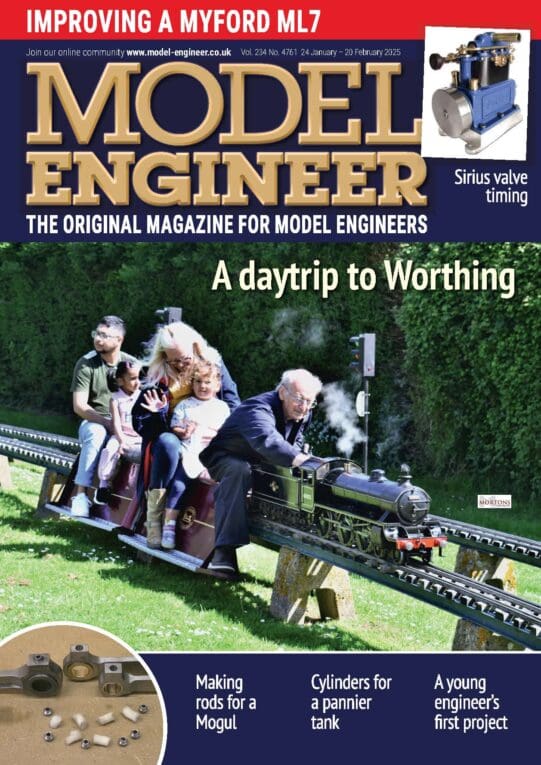Milling Cutter insert radius
Milling Cutter insert radius
- This topic has 4 replies, 4 voices, and was last updated 14 October 2024 at 12:11 by
 Vic.
Vic.
Viewing 5 posts - 1 through 5 (of 5 total)
Viewing 5 posts - 1 through 5 (of 5 total)
- Please log in to reply to this topic. Registering is free and easy using the links on the menu at the top of this page.
Latest Replies
Viewing 25 topics - 1 through 25 (of 25 total)
-
- Topic
- Voices
- Last Post
Viewing 25 topics - 1 through 25 (of 25 total)
Latest Issues
Newsletter Sign-up
Latest Replies
- The March of Technology
- Engineers Black Book
- Motor query for 3 phase VFD conversion
- Had Another Go
- Vickers Inverted Engine
- how many times do you have to accept cookies before the nag gets out of the way
- Changes to Well-Known Auction Site
- E T Westbury Cygnet Royal – Couple of Questions
- What Did You Do Today 2025
- CAD Nostalgia






